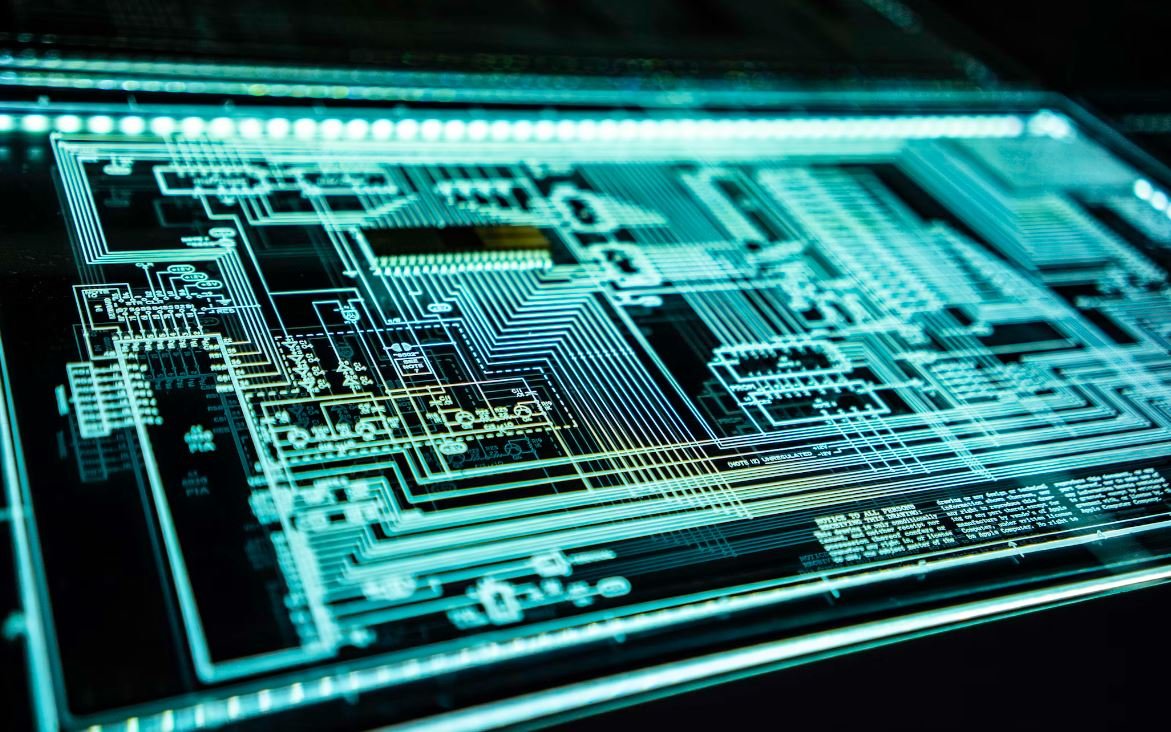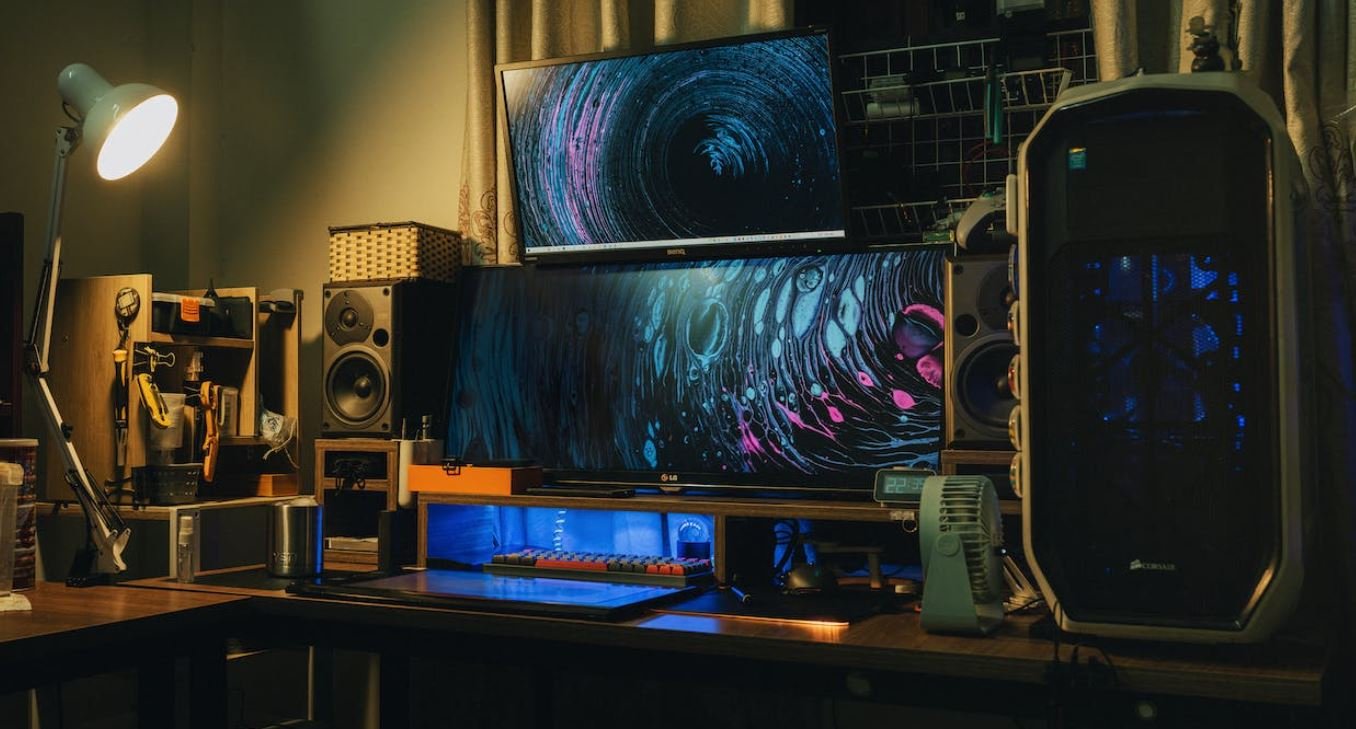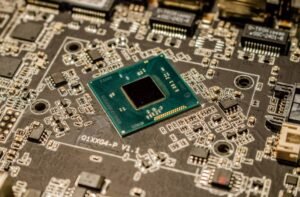Who Makes Tesla Cars
Tesla, the renowned electric vehicle manufacturer, has gained popularity for its innovative designs, cutting-edge technology, and commitment to sustainability. But who actually makes these groundbreaking cars? Let’s delve into the details and explore the key players behind Tesla’s production.
Key Takeaways:
- Tesla designs and engineers its own vehicles, but also relies on partnerships with key suppliers and manufacturers.
- Some of the prominent manufacturing partners include Panasonic for battery cells, Fremont Factory for vehicle assembly, and others.
- Close collaboration between Tesla and its manufacturing partners is central to ensuring high-quality production.
Tesla’s Manufacturing Partnerships
Tesla’s approach to production involves a combination of in-house manufacturing and strategic partnerships with suppliers and manufacturers. While Tesla designs and engineers the vehicles at its own facilities, several key components and materials are sourced from external partners. One of the crucial partnerships is with Panasonic for the production of battery cells. This collaboration ensures that Tesla can meet the demand for its electric vehicles while maintaining high standards of energy storage technology.
With a strong focus on environmental sustainability, Tesla has partnered with various suppliers and manufacturers to ensure the eco-friendly production of its vehicles.
Manufacturing at the Fremont Factory
The Fremont Factory, located in California, plays a vital role in Tesla’s vehicle assembly operations. This facility handles the final assembly and production of Tesla cars, including the popular Model 3, Model S, and Model X. The high-tech production line at the Fremont Factory is known for its efficient processes and advanced automation, allowing for streamlined manufacturing and sustainable production.
Tesla’s Commitment to Collaboration
Tesla maintains close collaboration with its manufacturing partners, which is crucial for sustaining the high quality of its products. This involves ongoing communication, joint problem-solving, and technological innovation. By working together, Tesla and its partners can address challenges and constantly improve their manufacturing processes, resulting in cutting-edge electric vehicles that meet customer expectations.
Tesla’s commitment to collaboration helps ensure that their vehicles are manufactured with utmost precision and innovation.
Tesla’s Manufacturing Partners: An Overview
| Manufacturing Partner | Key Contribution |
|---|---|
| Panasonic | Production of battery cells |
| Fremont Factory | Vehicle assembly |
| Gigafactory Shanghai | Production of Model 3 and Model Y for the Chinese market |
Additionally, Tesla has expanded its manufacturing capabilities globally with the establishment of the Gigafactory Shanghai in China. This facility focuses on the production of the Model 3 and Model Y specifically for the Chinese market, further extending Tesla’s reach and impact in the electric vehicle industry.
The Gigafactory Shanghai plays a significant role in helping Tesla cater to the Chinese market’s growing demand for electric vehicles.
The Future of Tesla Manufacturing
Tesla continues to set new milestones in the electric vehicle space, driven by its futuristic vision and relentless pursuit of innovation. As the demand for sustainable transportation grows, Tesla is expected to further expand its manufacturing capabilities and forge additional partnerships to meet market requirements and maintain its competitive edge.
Conclusion
Tesla vehicles are the result of the company’s own design and engineering, combined with strategic partnerships with key manufacturers and suppliers. Collaborative efforts with partners such as Panasonic and the use of cutting-edge facilities like the Fremont Factory are central to Tesla’s ability to produce high-quality electric vehicles that push the boundaries of automotive technology.

Common Misconceptions
Misconception 1: Elon Musk personally builds every Tesla car
One common misconception surrounding Tesla cars is that Elon Musk, the CEO of Tesla, personally builds each and every vehicle. While Musk has been involved in the development and design of Tesla cars, he does not personally assemble them on the production line. Here are three relevant points related to this misconception:
- Tesla cars are built by a team of skilled engineers and manufacturing employees who work collectively to produce the vehicles.
- Elon Musk’s primary role is overseeing the overall strategy, innovation, and direction of Tesla rather than engaging in hands-on assembly or production.
- Musk’s involvement in the manufacturing process of Tesla cars is mainly limited to decision-making and reviewing the design and engineering aspects.
Misconception 2: All Tesla cars are made in the United States
Another misconception about Tesla cars is that all of them are made in the United States. Although Tesla is an American company, it has expanded its manufacturing presence beyond the United States. Here are three relevant points to consider:
- Tesla has a factory in Shanghai, China, known as Gigafactory Shanghai, which produces Model 3 and Model Y vehicles for the worldwide market.
- Additionally, Tesla has announced plans to build Gigafactories in other locations, such as Germany, to cater to the growing demand in those regions.
- While a significant portion of Tesla cars is still manufactured in the United States, the company’s global production footprint has diversified to meet international demand.
Misconception 3: Tesla cars are entirely autonomous and require no human interaction
Many people have the misconception that Tesla cars are fully autonomous and can operate without any human intervention. However, current Tesla models are not fully self-driving vehicles. Here are three points to clarify this misconception:
- Tesla’s Autopilot feature enhances the driving experience by providing advanced driver-assistance capabilities, but it still requires active human supervision and intervention.
- Even with Autopilot engaged, drivers are expected to keep their hands on the steering wheel and remain attentive to the road at all times.
- While Tesla is actively working on advancing its autonomous driving technology, fully autonomous vehicles are not yet available for public use.
Misconception 4: Tesla cars are expensive and only affordable for the wealthy
A common misconception surrounding Tesla cars is that they are exclusively for the wealthy due to their perceived high price tag. However, the affordability of Tesla vehicles has improved over the years. Here are three relevant points to debunk this misconception:
- Tesla offers different models at varying price points, which include lower-cost options like the Model 3 and the upcoming Model 2, aimed at expanding accessibility.
- When considering the total cost of ownership, including savings on fuel and maintenance, Tesla cars can be more economical over the long term compared to traditional internal combustion engine vehicles.
- Furthermore, various countries and regions provide incentives, tax credits, and subsidies for electric vehicles, making them more affordable for a wider range of buyers.
Misconception 5: Tesla cars consume significantly more electricity compared to other electric vehicles
Another misconception is that Tesla cars consume more electricity when compared to other electric vehicles. However, Tesla vehicles have shown efficiency and competitive energy consumption. Here are three points to address this misconception:
- Tesla cars are designed with cutting-edge technology to optimize the energy efficiency of their electric drivetrain, allowing for extended range per charge.
- Through regenerative braking, Tesla cars can recapture and store energy that would otherwise be wasted, further improving their overall efficiency.
- While electricity consumption can vary depending on driving habits and conditions, numerous tests and comparisons have indicated that Tesla models perform well in terms of energy consumption when compared to other electric vehicles in their respective classes.

Introduction
In this article, we will explore various aspects of Tesla cars and shed light on the individuals and organizations that contribute to their creation. From engineers to manufacturers to suppliers, the production of these innovative vehicles involves a collaborative effort from various stakeholders. Let’s delve into the fascinating world of Tesla cars and the people behind them.
Tesla’s Global Manufacturing Sites
Below is a list of countries where Tesla has established manufacturing facilities to assemble their electric vehicles:
| Country | Manufacturing Site |
|---|---|
| United States | Fremont, California |
| China | Shanghai |
| Germany | Grunheide |
Top 5 Tesla Vehicle Models
Here are the five most popular Tesla models in terms of global sales:
| Vehicle Model | Units Sold (2020) |
|---|---|
| Model 3 | 365,240 |
| Model Y | 231,735 |
| Model S | 50,932 |
| Model X | 19,025 |
| Roadster | 6,106 |
Tesla’s Battery Supplier
The primary supplier of batteries for Tesla vehicles is:
| Company | Supplier Partnership Since |
|---|---|
| Panasonic Corporation | 2010 |
Number of Supercharger Stations Worldwide
Supercharger stations provide fast charging for Tesla vehicles. Currently, Tesla operates the following number of Supercharger stations globally:
| Region | Number of Supercharger Stations |
|---|---|
| North America | 1,167 |
| Europe | 780 |
| Asia-Pacific | 440 |
Top Countries for Tesla Sales in 2020
The following countries recorded the highest number of Tesla vehicle sales in 2020:
| Country | Number of Tesla Sales (2020) |
|---|---|
| United States | 265,000 |
| China | 147,445 |
| Germany | 26,215 |
| Netherlands | 19,295 |
| Norway | 14,985 |
Tesla Employees Worldwide
As of 2021, Tesla has a global workforce distributed across various locations:
| Region | Number of Employees |
|---|---|
| United States | 48,016 |
| China | 18,950 |
| Germany | 2,835 |
Tesla’s Autopilot Software
Tesla vehicles are equipped with an advanced Autopilot software. Here are some key capabilities:
| Feature | Description |
|---|---|
| Autosteer | Assists with steering within a lane |
| Auto Lane Change | Automatically changes lanes with driver confirmation |
| Summon | Allows the car to self-park or come to the owner when summoned |
Number of Tesla Charging Connectors
The total number of charging connectors available worldwide for Tesla vehicles:
| Connector Type | Number of Connectors |
|---|---|
| Tesla Supercharger | 25,000+ |
| Destination Charging | 15,000+ |
Top Tesla Investors
The major stakeholders who have invested in Tesla Inc.:
| Investor | Investment Amount |
|---|---|
| Elon Musk | $21.6 billion |
| Capital Research and Management Company | $10.9 billion |
| The Vanguard Group | $10.4 billion |
| BlackRock, Inc. | $9.2 billion |
Conclusion
In this article, we dived into various elements related to Tesla cars, including manufacturing sites, sales figures, battery suppliers, charging infrastructure, and key investors. The success of Tesla can be attributed to the collaboration and dedication of a global workforce, their innovative Autopilot software, and the continuous advancements in sustainable electric mobility. With the ongoing efforts of talented individuals and a strong commitment to green energy, Tesla continues to shape the future of the automotive industry.
Who Makes Tesla Cars
Frequently Asked Questions
FAQs
Who manufactures Tesla cars?
Tesla, Inc. manufactures Tesla cars.
Where are Tesla cars manufactured?
Tesla cars are primarily manufactured at the Tesla Factory in Fremont, California, United States. They also have Gigafactories in Shanghai, China and Berlin, Germany.
What is the current lineup of Tesla cars?
Tesla’s current lineup includes the Model S, Model 3, Model X, and Model Y.
Are all Tesla cars electric?
Yes, all Tesla cars are fully electric.
How far can a Tesla car travel on a single charge?
The range of a Tesla car varies depending on the model. The Model S can travel up to 402 miles, the Model 3 up to 353 miles, the Model X up to 371 miles, and the Model Y up to 326 miles.
How long does it take to charge a Tesla car?
The time it takes to fully charge a Tesla car depends on the charging method used. With a Supercharger, it can take around 15-30 minutes for a partial charge and approximately 30 minutes to an hour for a full charge. Using a regular 240-volt outlet, it can take several hours to fully charge.
Can Tesla cars use other charging networks?
Yes, Tesla cars can use other charging networks, but they require an adapter to connect to non-Tesla charging stations.
Do Tesla cars have autopilot capabilities?
Yes, Tesla cars feature Autopilot functionality, which includes advanced driver assistance features such as lane centering, adaptive cruise control, self-parking, and automatic lane changes.
Are Tesla cars expensive to maintain?
Compared to traditional gasoline-powered cars, Tesla cars generally have lower maintenance costs due to fewer moving parts. However, repairs and replacement of specific components can be more expensive.
Do Tesla cars come with a warranty?
Yes, Tesla cars come with a limited warranty that covers certain repairs or replacements for a specific period or mileage, depending on the component. They also offer an optional extended warranty.




